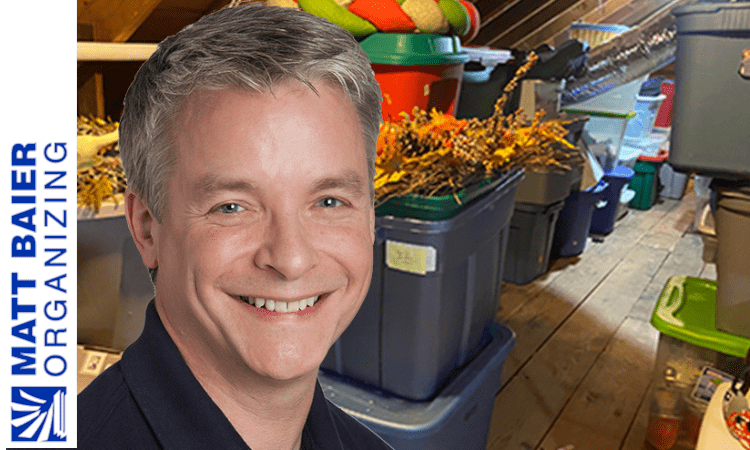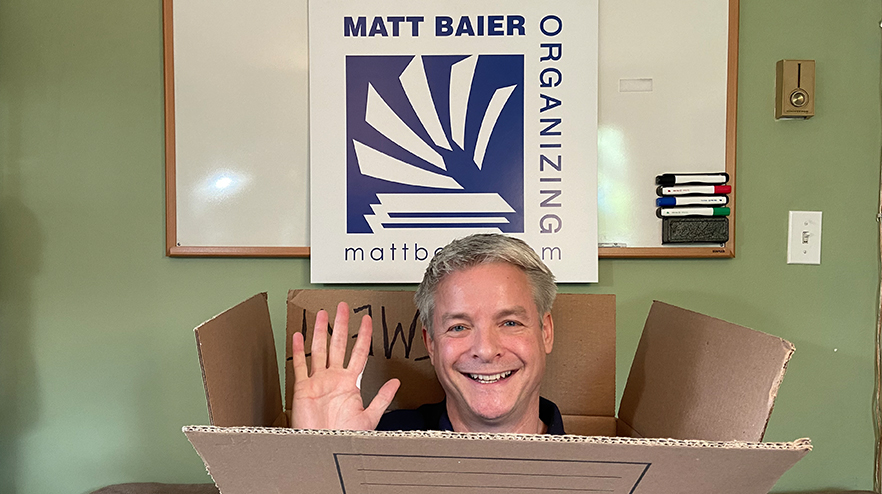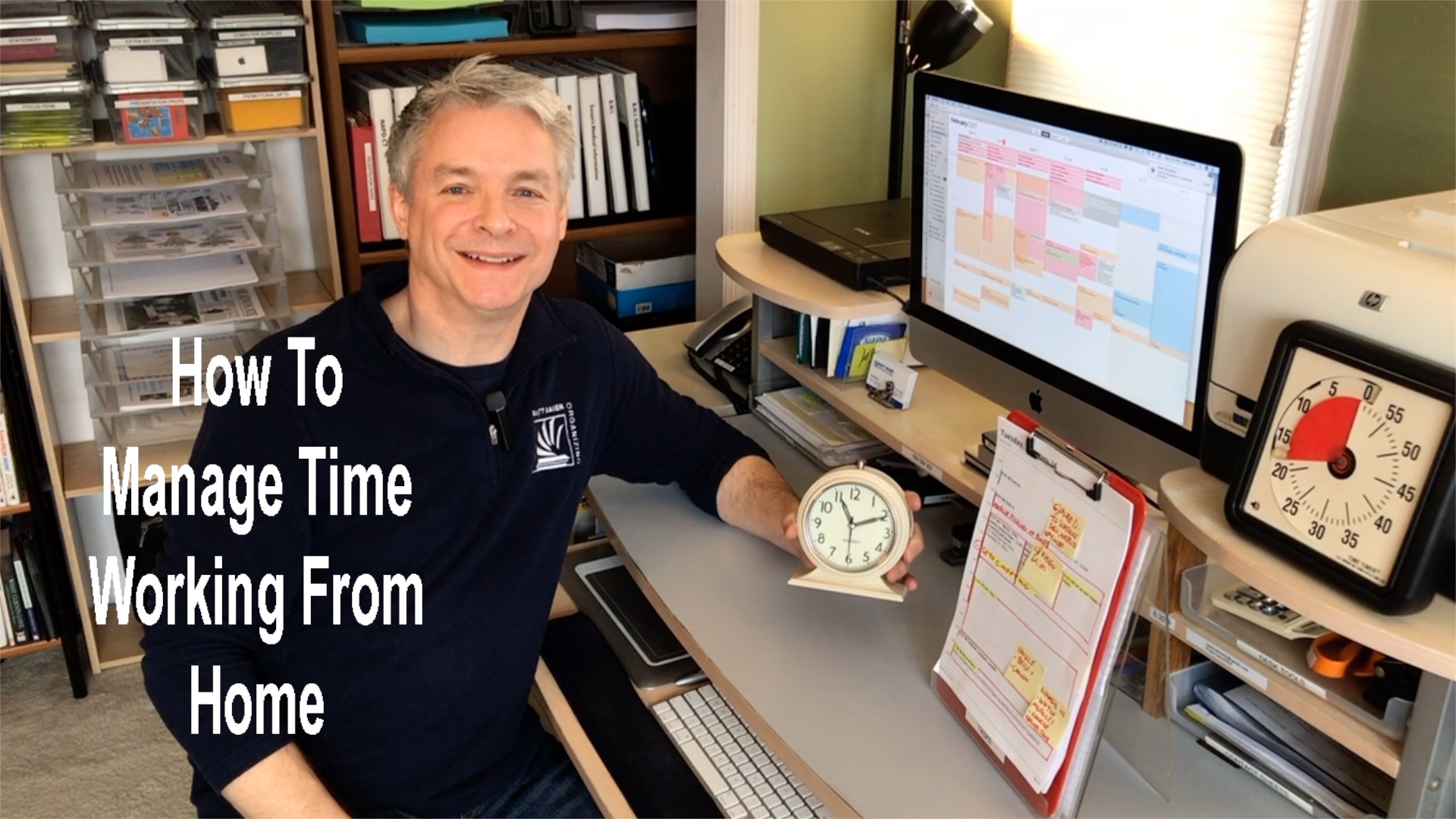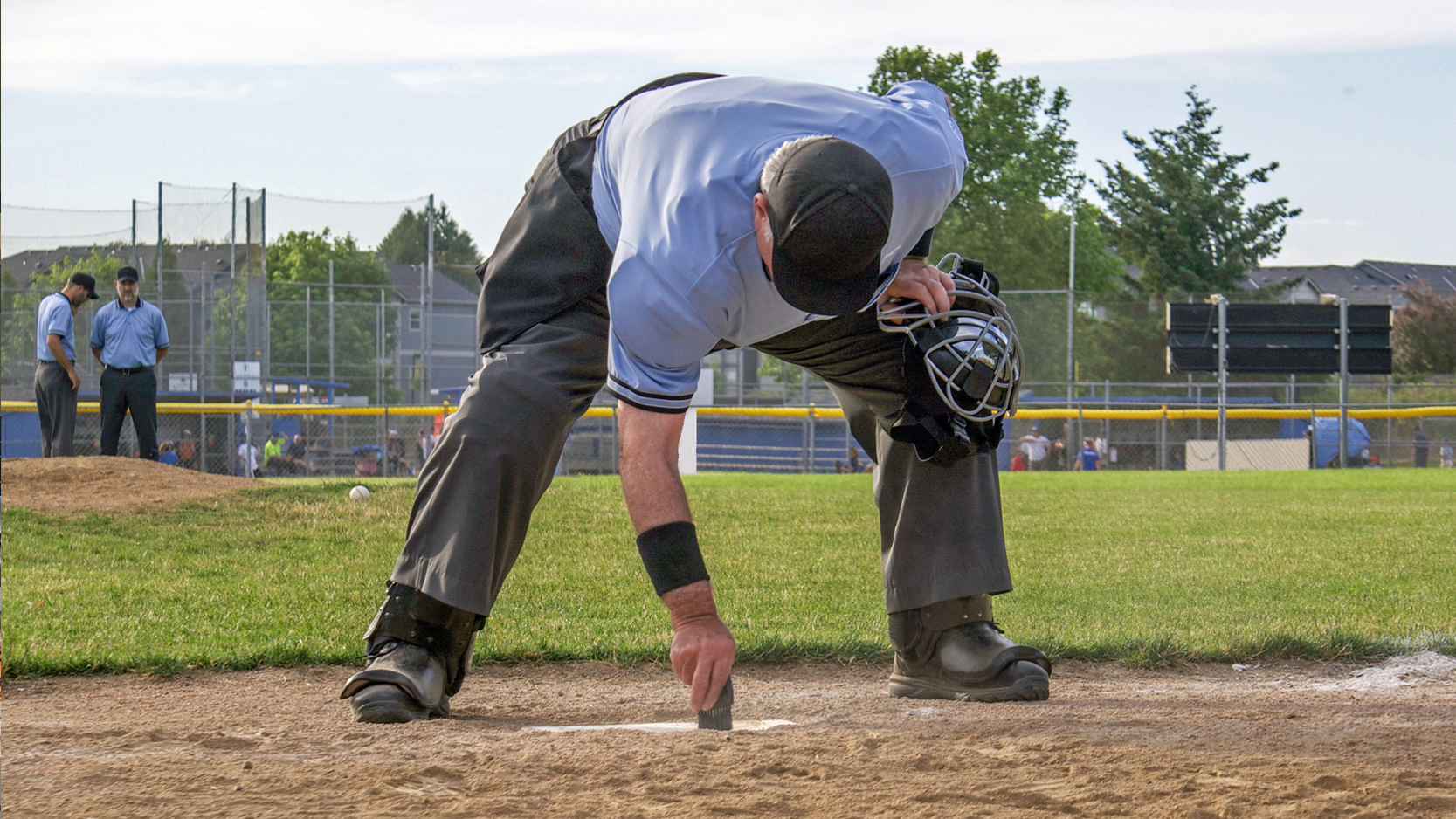What does good organizing look like? I have identified 4 elements to look for. Let me start by saying that the image above may be a bit misleading. It may feel organized because it is focusing on discarding, but disposal isn’t one of the elements. It may also feel organized just because it is color coded, but that too is not an element. Here are the four elements that contribute to what good organizing looks like.
1. Prioritization
First and foremost, good organizing should exhibit prioritization. How do you exhibit prioritization? Large quantities should be in “stockroom” spaces and small quantities should be in “showroom” spaces. Here’s an example. A 12-pack of paper towels taking up residence on the kitchen counter demonstrates non-prioritization. In order to prioritize the most important items, you must DE-prioritize large quantities. That way, you can comfortably fit the full assortment of all items you need at your fingertips. This applies to paper and files as well. Also, if you see untimely seasonal items, you are seeing non-prioritization.
By the way, if color coding can help with prioritization, I believe it does make things look more organized. However, when color coding choices are arbitrary, systems can be confusing and unsustainable.
2. Find-ability
One element you won’t find on this list is “fit-able.” Many clients confuse fitting with organizing. Just because everything neatly fits into a drawer or closet, does not make them organized. You must have find-ability. If you can’t reliably find an item, it’s not successfully organized. Items hiding on the back of a well-fitted shelf are of no use because they are unfindable. If you find yourself hiding items, you should really ask why you are keeping them at all.
3. Accessibility
Accessibility goes hand in hand with find-ability. You might be able to find an item on a shelf, but can you easily access it? Or is it packed in too tight? Do half a dozen unwanted items fall out when you grab it? Also, if you have a walk-in closet can you get footing to access items on the shelf? Or is the floor littered with shoes? Without this breathing room between items, storage doesn’t look organized.
4. Move-ability
Move-ability is the least recognized element of organizing appearance. How can you possibly see if items are going to move in a beautiful organizing photo? A photo is stuck in time after all. I will admit that this is the least easy element to see, but look at the surfaces. If you go on Instagram and Pinterest you will see many beautiful organizing photos. However, I am skeptical of the sustainability of the ones with filled surfaces (including mine). I have often said that your number one organizing tool is a clear surface for processing. When an organized space includes a clear work surface, I believe it looks truly organized.
I believe the element of move-ability is so important, that I wrote a book about it. It’s called The Circulation Solution. By circulation, I mean a plan for movement in series of manageable reliable stages. You may create a storage system that otherwise looks organized, but may be unsustainable without move-ability. Move-ability is the key to The Circulation Solution, which addresses staying organized. If you’d like to learn how that works, I can recommend an enjoyable, information-packed, quick read. The Circulation Solution in paperback is available on this website. You can also get the paperback and Kindle edition on Amazon.
Please Share With Your Community
Related Posts
Testimonials
What some of our clients are saying
Imagine An Organized Home













